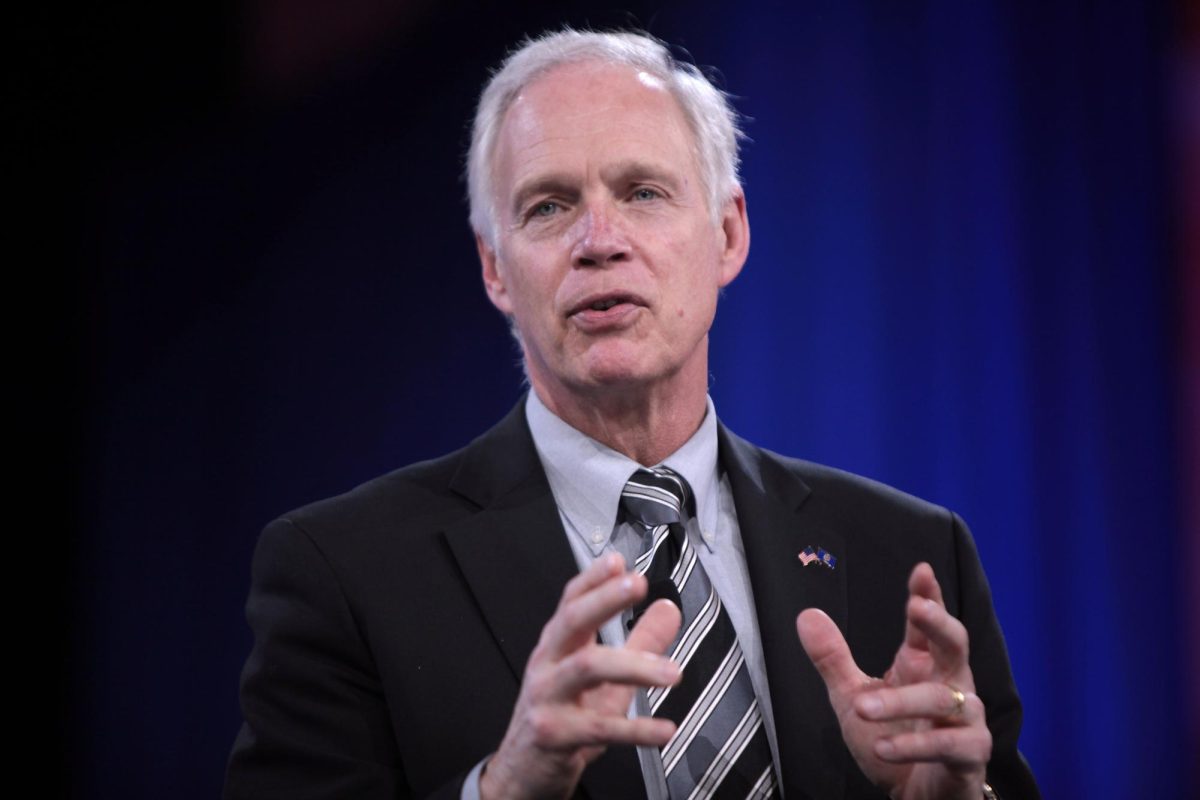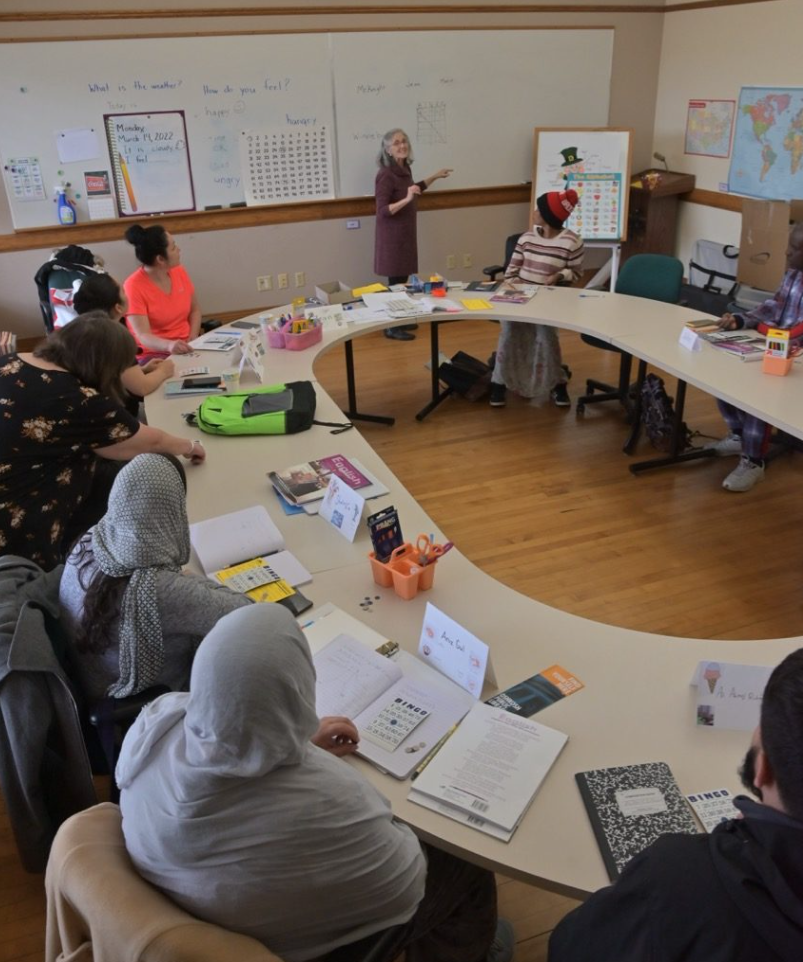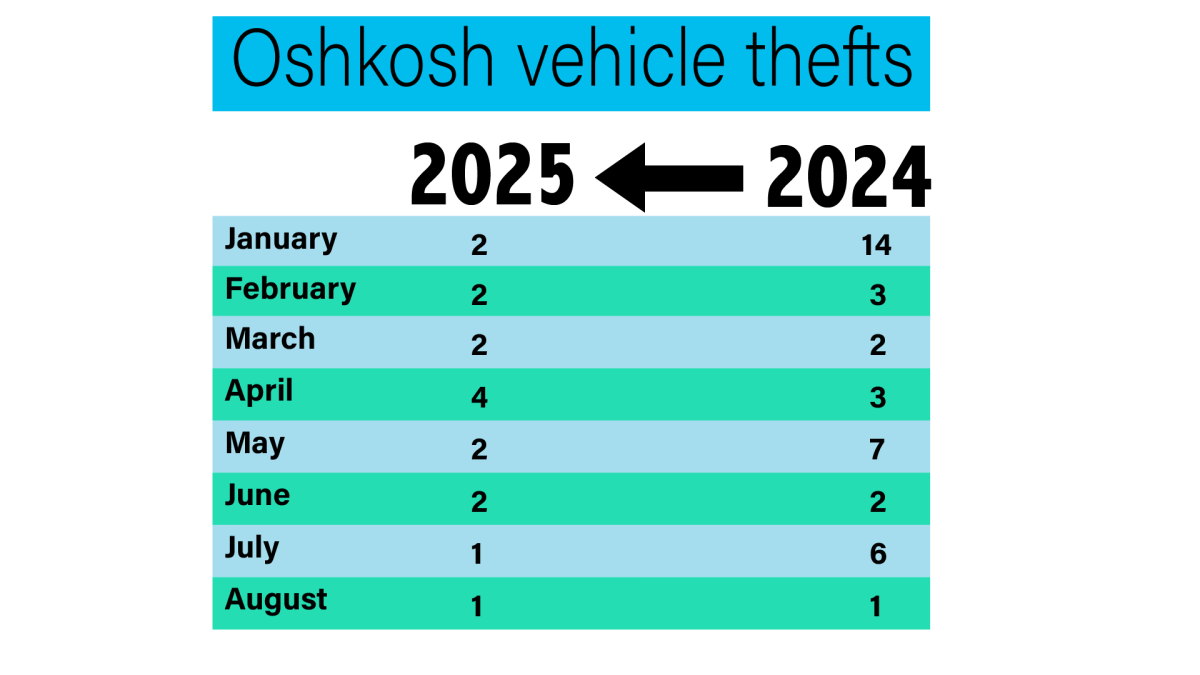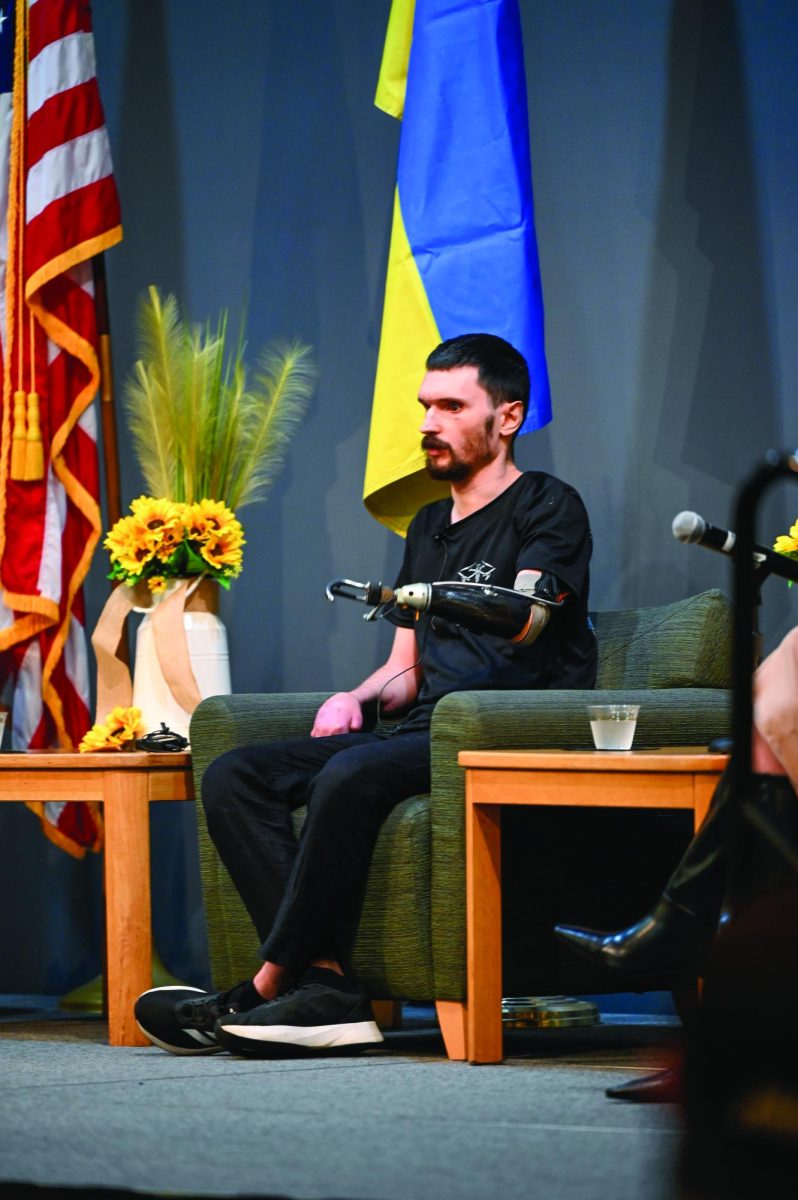The Board of Regents voted on and approved the restructuring proposal for the University of Wisconsin System to expand access to higher education in Wisconsin on Nov. 9.
The main purpose behind this merger is to address the changing demographics of Wisconsin while simultaneously keeping with the ideals of the Wisconsin education system, president of the UW System Ray Cross said.
“In the spirit of the Wisconsin Idea, our goal is to continue to provide world-class public higher education, research and outreach services into the 21st century and beyond,” Cross said. “To do so, we must manage the demographic, enrollment and financial challenges the two-year campuses face, while maintaining a sustainable, viable presence in these communities.”
Cross said many of the concerns of students are being addressed and that many things be maintained during this transition period.
“You can continue to transfer to any UW institution of your choosing – just as you can now. We will continue to offer associate degrees at our two-year campuses and the intent is to actually bring more classes onsite in the future,” Cross said. “We will maintain existing tuition levels for classes currently offered at the two-year institutions to keep them affordable for students and families.”
UW Oshkosh Chancellor Andrew Leavitt said he will be scheduling student forums and community town halls in the coming weeks in order to maintain an inclusive, transparent andaccountable process.
“We have a long road ahead of us and a great deal to learn about each other, but in the end I am confident we will work together,” Leavitt said. “UWS is forming a Steering Committee to oversee the implementation of the reorganization. Representatives from UWS, UW Colleges and UW Extension and each of the involved institutions will have representation on this committee.”
Leavitt said there is no timeline yet established, but the UW System Steering Committee in partnership with a consulting firm should have a defined timeline in the coming weeks.
“With the work just beginning on how this restructuring will proceed the planning for UW Oshkosh, UW-Fond du Lac and UW-Fox Valley will be both inclusive of students and transparent at every step,” Leavitt said. “This is an exciting opportunity to expand access to programs throughout the Lake Winnebago region and provide multiple pathways for students to gain an advanced certificate or degree.”
Students have not been well-informed on this topic despite the chancellor’s promise of transparency, Oshkosh Student Association senator Zach Collins said.
“I heard about the restructuring of the UW System through the email the chancellor sent out about the informational meeting,” Collins said. “The student body was sent a very brief email about this and nobody really paid attention as we are laden with many pointless emails.”
Collins said he disagreed with the merger because he believes it is unsustainable and is disguising the real problems in the UW System.
“I disagree with the merger because it is a thinly veiled propping up of failing institutions that have declining enrollment,” Collins said. “UW-Fox Valley is the largest UW System school; however, it does not add value to this University. I do not think restructuring is sustainable unless the University changes its whole strategic outlook in admissions because the satellite campuses will need to have higher enrollment numbers to be self-sustaining.”
Sophomore Mia Wilson said she found out about the merger on Facebook and hasn’t received enough information it from the UW System.
“From what I’ve gathered, this decision was made very quickly and many parties whom it concerns were not at all consulted,” Wilson said. “Sure, it might have its perks; however, I feel that this decision was very rushed and at the moment, it seems like a bad idea.”
Wilson said there are still many questions left unanswered particularly in regards to students at the two-year UW colleges.
“What will this mean for students at two-year colleges?” Wilson said. “Will their credits transfer? Will it set them back from graduating in the anticipated four years?
What happens to all of the professors from the two-year schools? How will we accommodate such a high increase in new students, and what will it mean for my experience as a student in comparison to what it was like before the change? Considering many of the two-year colleges are struggling and enrollment is in decline, who knows if restructuring will help. If these two-year campuses didn’t survive, why will mergers?”








